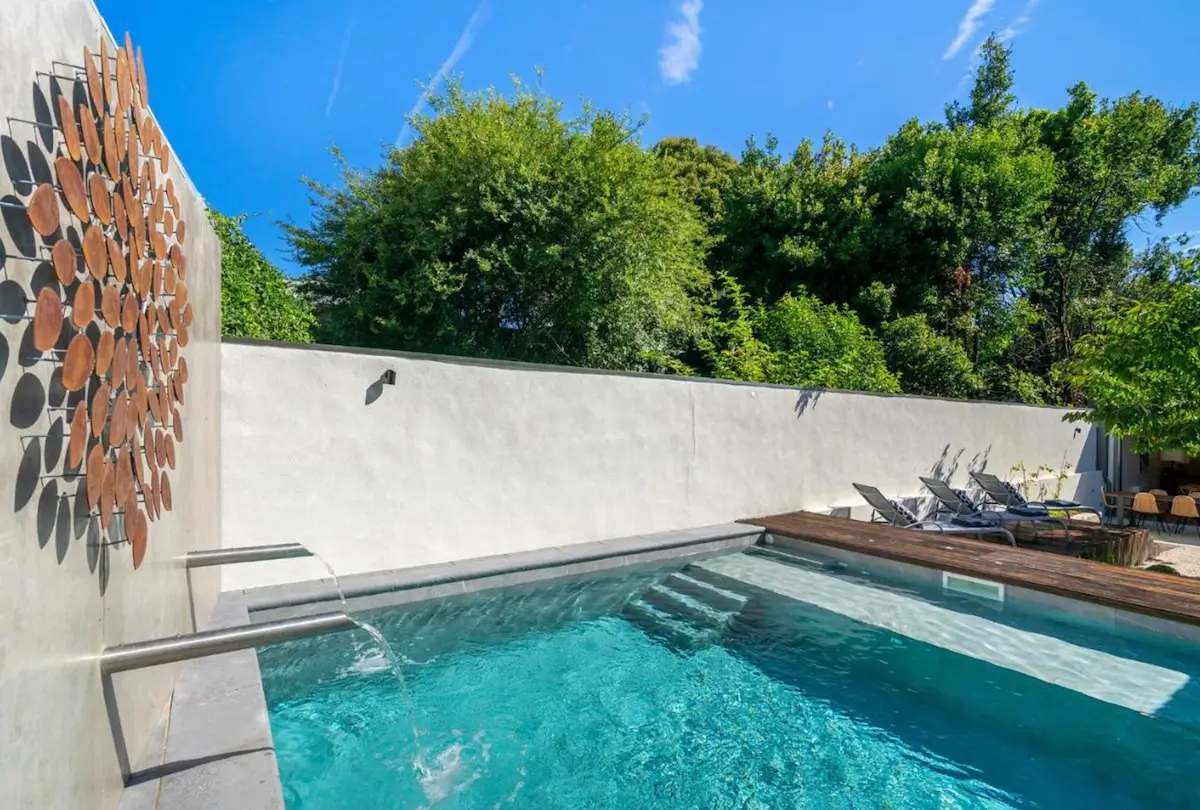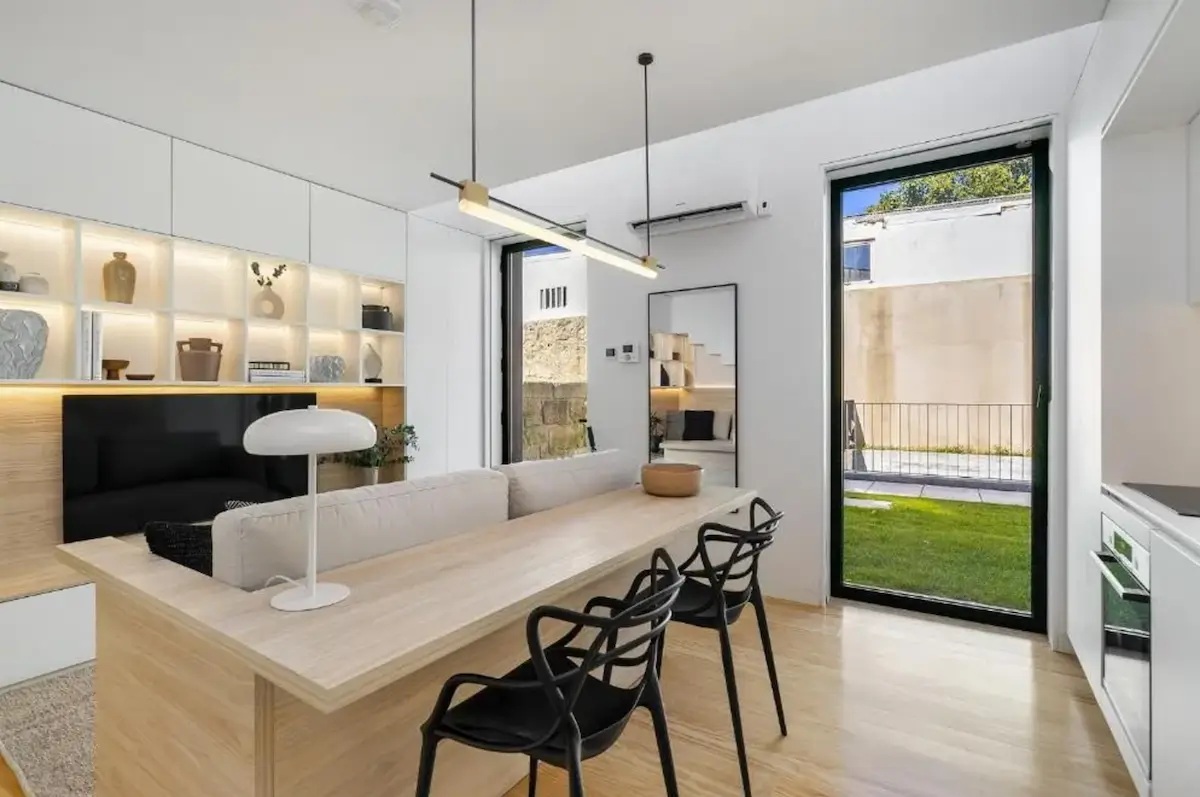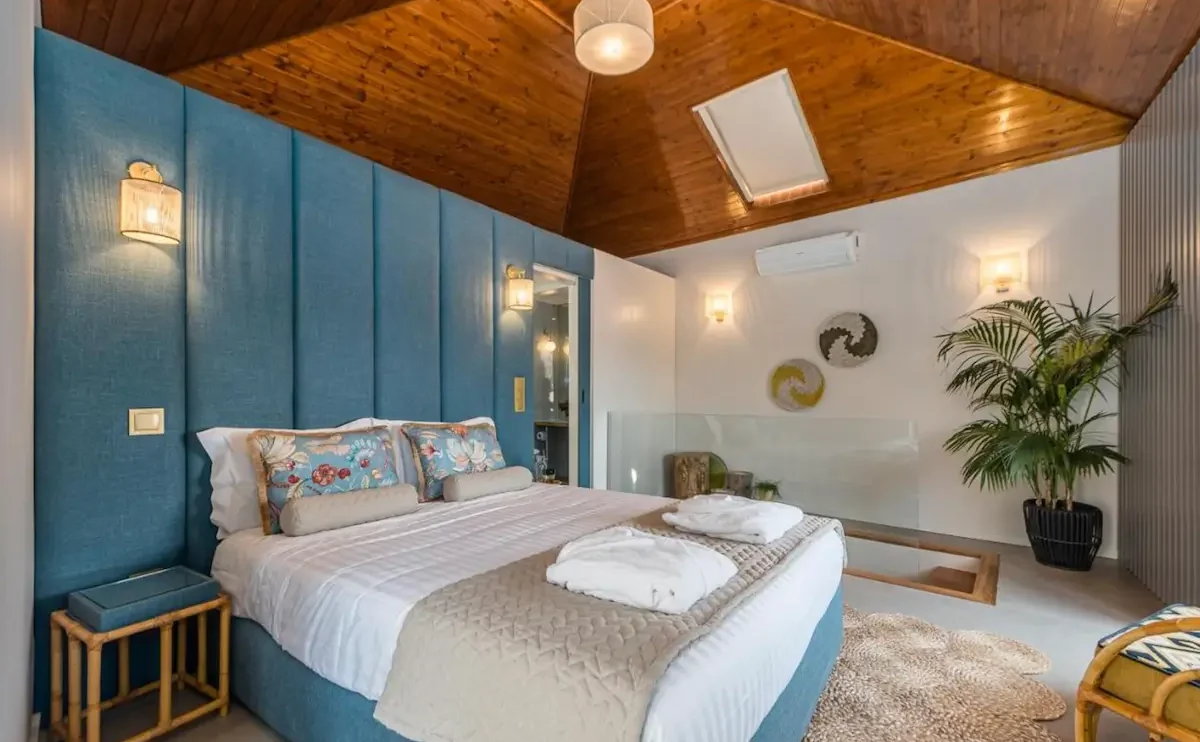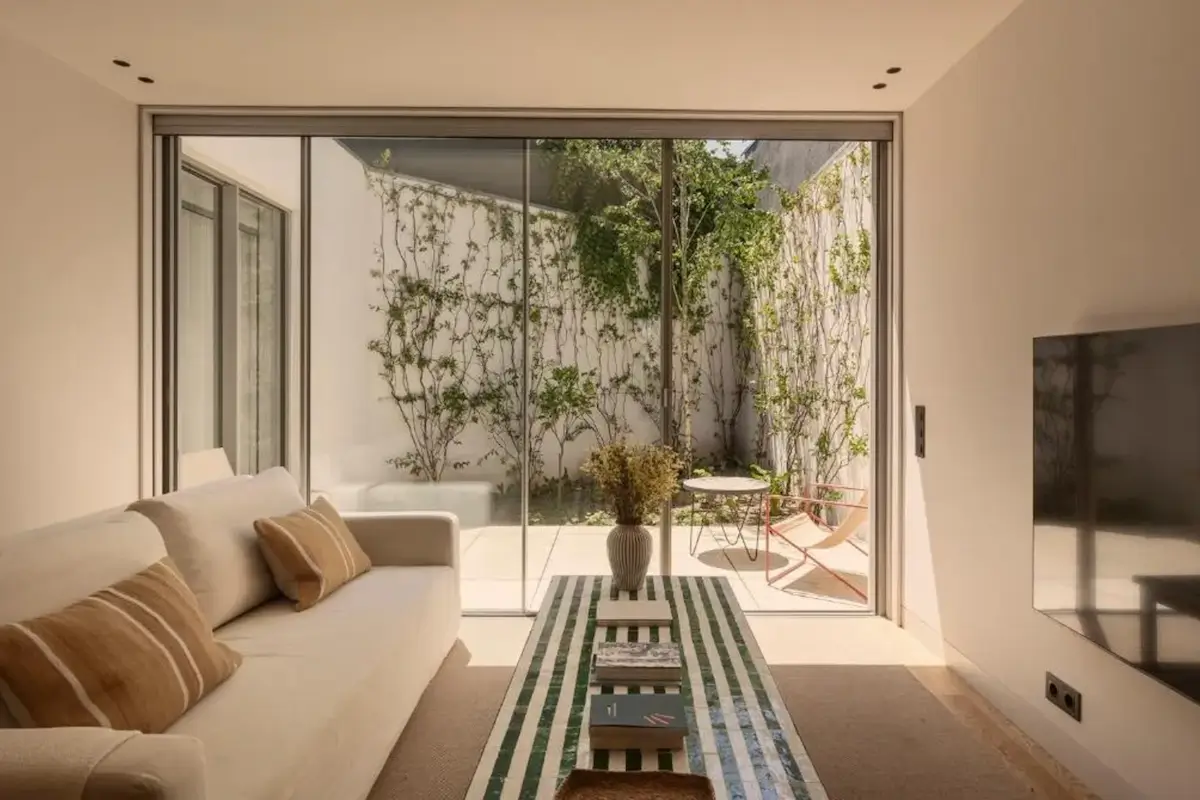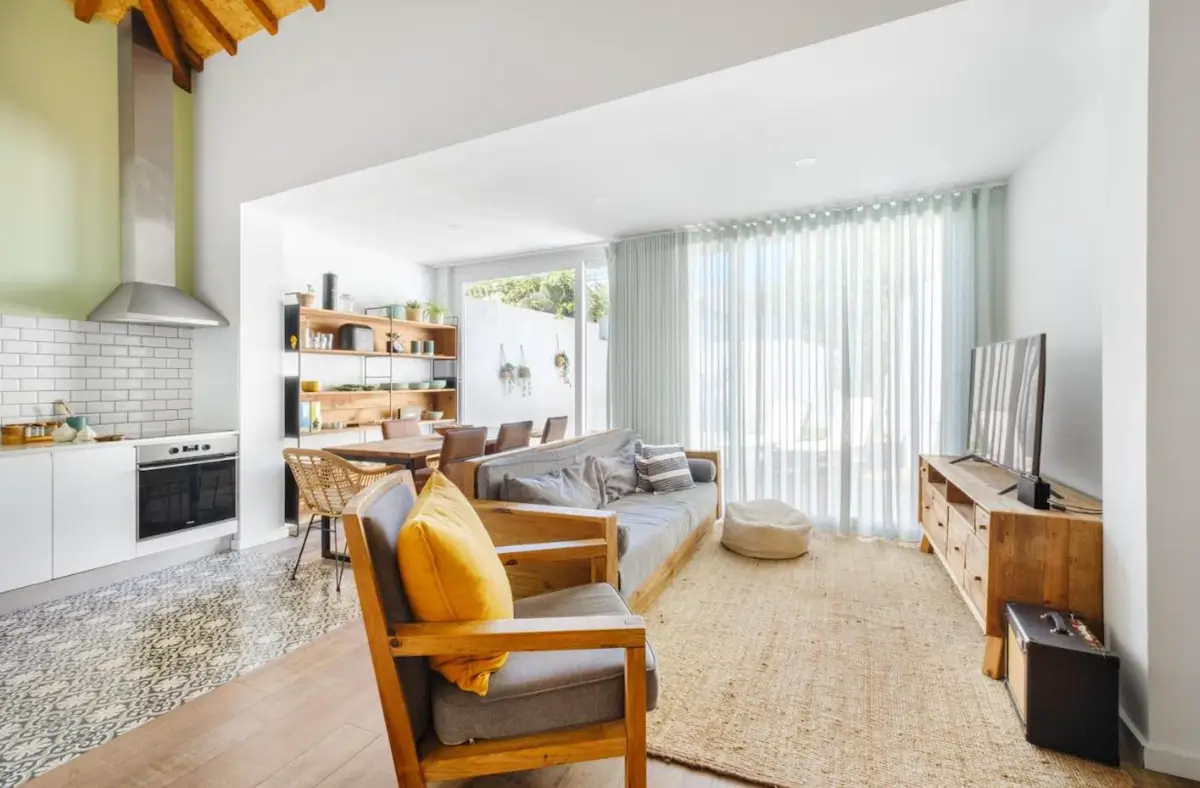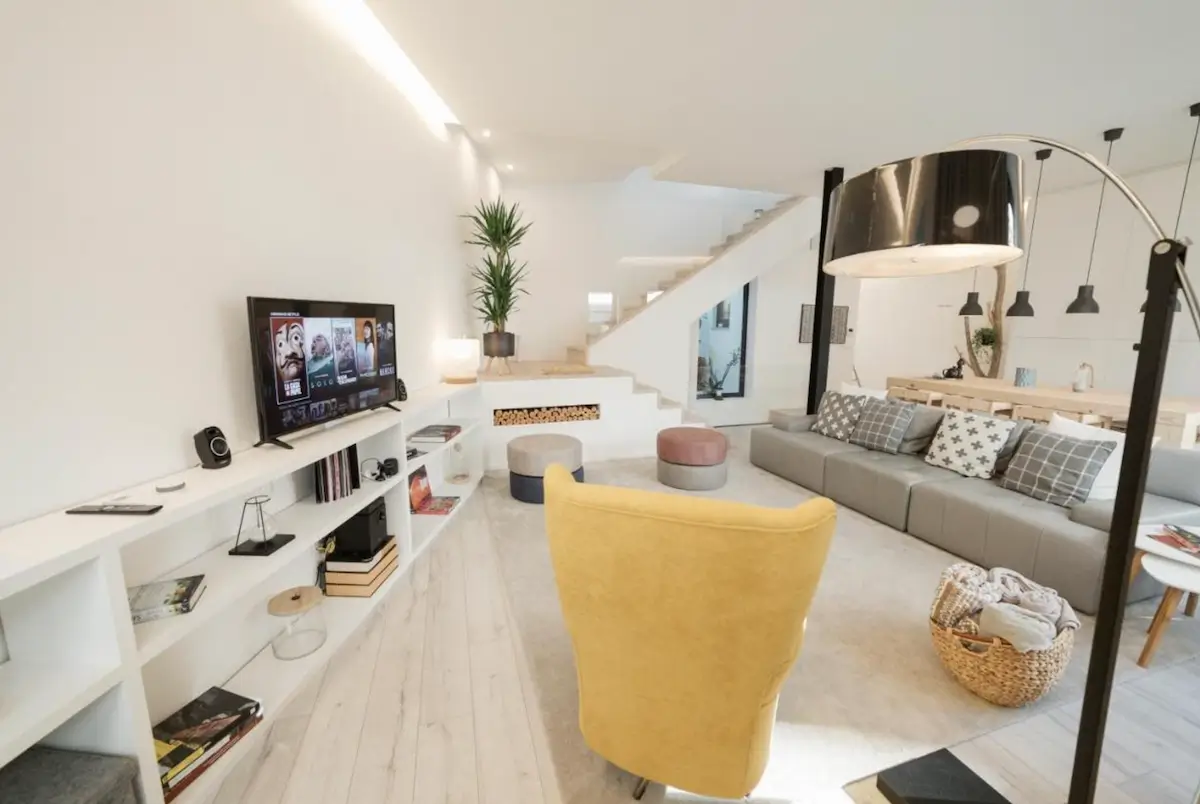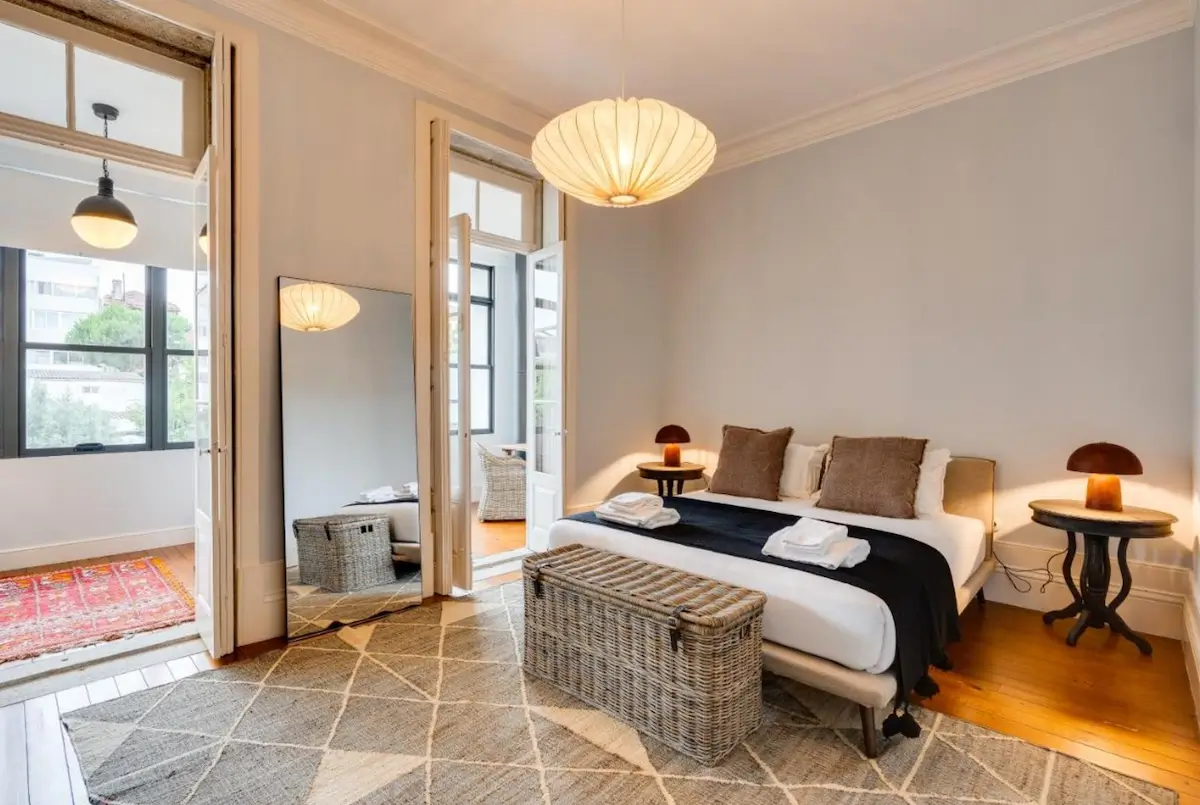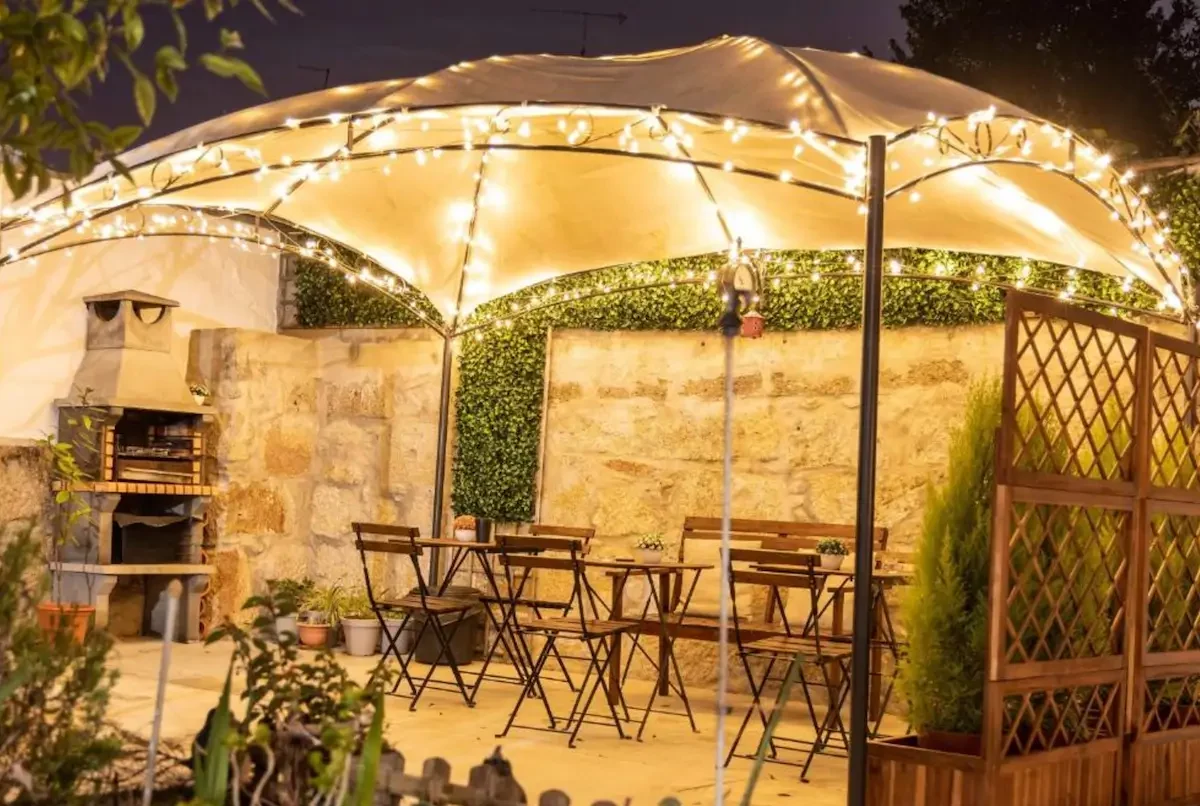Rental Villas In Porto For Holidays
Visiting Porto is better with a proper rental villa to stay
Porto, Portugal’s second-largest city, is a delightful mix of old and new. With its rich history and vibrant culture, it’s an ideal city break destination. Known historically as Portus Cale, the city combines traditional culture with modern attractions. Discover charming traditional houses along cobbled streets.
The city’s historical centre is a designated UNESCO World Heritage Site. This area is a testament to Porto’s rich architectural and cultural past. Steeped in history, the city was home to notable figures like Henry the Navigator. Stroll through the Ribeira district and admire views of the Douro River.
Are Rental Villas In Porto Good For Family Holidays?
Travelling to Porto with your family can be a memorable experience, particularly when you choose to stay in a villa. Villas in Porto often come equipped with ample space, offering enough room for children to play and parents to relax. This type of accommodation typically includes multiple bedrooms, a fully equipped kitchen, and living areas.
Benefits of Villas for Families
Space and Privacy: Unlike a hotel, a villa provides more privacy and freedom. Your family can enjoy shared meals in a homely dining space and unwind together in living rooms or private gardens.
Amenities: Many family villas offer amenities such as Wi-Fi, private pools, and game rooms. Some villas even have child-friendly features like high chairs and cots upon request, ensuring a comfortable stay for the youngest in your group.
Location: Often situated near local attractions, villas allow you to experience Porto’s cultural landmarks such as the historic Ribeira District and the iconic Dom Luís I Bridge. A short drive can take you to the Douro River or nearby beaches.
Tips for Choosing a Villa
- Plan: Think about your family’s specific needs, such as the number of bedrooms or proximity to attractions.
- Reviews: Check reviews from other families to gauge their experiences.
Villas provide flexibility in crafting your family itinerary and help you experience Porto at your own pace.
Can I Get a Villa in Porto with Nice Views?
Yes, you can find villas in Porto boasting stunning views. Porto, known for its charming landscapes, offers various accommodations with picturesque scenes. Whether it’s the Douro River, cityscapes, or lush vineyards, you can enjoy these vistas from many villas.
These properties often feature amenities such as pools or jacuzzis, enhancing your stay by allowing you to unwind while enjoying the scenery.
Tips for Finding the Right View:
Consider booking accommodations located near riverside areas or elevated points. Before reserving, check reviews and look for mentions of scenic views from past visitors. Photos in listings can offer genuine previews.
Fun Fact: Porto’s old town is a UNESCO World Heritage site, meaning some villas afford views of historically rich neighbourhoods. Exploring the area offers cultural insights alongside visual pleasure.
Porto’s diverse terrain provides ample options for desirable viewpoints. With careful selection, your villa stay promises to be a visual and memorable delight.
How to Get to Porto?
Porto, the second-largest city in Portugal, offers various transport options for getting there, from flights to railway connections. Whether arriving by air, rail, or road, Porto is accessible and well-connected.
Airport
Air travel is the most convenient way to reach Porto. Francisco Sá Carneiro Airport (OPO) lies approximately 8 miles (13 km) north of the city centre. This airport serves numerous international flights, making it a major hub in Portugal.
Upon arrival, you can use the Porto Metro for a quick and efficient transfer to the city. The Purple Line (E) provides direct connections to central Porto. Taxis and shuttle services are also readily available at the airport for those preferring private transport.
Train
Another comfortable option is travelling by train. Porto is well-served by national and international rail networks. The city has two main train stations: São Bento and Campanhã.
São Bento station, known for its stunning azulejo tile work, operates short-distance routes, while Campanhã caters to longer routes. From London, the journey is approximately 28 hours, often requiring transfers in Paris and Lisbon, but offering spectacular views. Rail service is efficient with a variety of seating classes.
Transfer
When it comes to local transfers, the Porto Metro provides extensive coverage across the city and suburbs. It’s an economical choice for getting around. The metro features six lines and connects directly to major neighbourhoods, including tourist hotspots like Ribeira and Foz.
For short distances, taxis offer a stress-free alternative. Ride-sharing services, such as Uber, are also operational in Porto. They often provide competitive fares, allowing for easy navigation around the city.
Rent-a-Car
Renting a car grants the flexibility to explore Porto and surrounding regions at your own pace. The city is connected by a network of highways from the north, south, and east, with the Atlantic Ocean to the west.
Car hire can be arranged at the airport or within the city. Remember to bring necessary documents, such as a valid driving licence. While driving, pay attention to local traffic rules and possible toll roads.
What to Do in Porto During Holidays?
Explore a range of activities and experiences in Porto, from soaking in the city’s cultural history to enjoying its vibrant nightlife. Whether it’s strolling along the Douro River or visiting fascinating attractions, Porto has something to offer every traveller.
Best Activities
Begin your journey at the Ribeira District, a UNESCO World Heritage Site. You’ll find narrow medieval streets packed with colourful azulejos tiles. Visit the iconic Livraria Lello, often cited as one of the world’s most beautiful bookshops and an inspiration for Harry Potter’s Hogwarts Library.
Make time for the striking Clérigos Tower to enjoy panoramic views over the city. Skip the queues by purchasing your ticket online. Don’t miss Palácio da Bolsa, a stunning 19th-century building that once served as a stock exchange. You can also visit Igreja de São Francisco, known for its extravagant Baroque interior.
Cross the impressive Dom Luís I Bridge to Vila Nova de Gaia. Here, tour the famous wine cellars to taste Port wine, including popular brands like Ramos Pinto. A river cruise along the Douro River provides exceptional views of Porto’s landscape. If you enjoy art, delve into Serralves for captivating contemporary pieces.
Nightlife
Porto’s nightlife thrives with a mix of traditional Fado music and modern, lively scenes. For a sophisticated evening, head to Casa da Música for world-class performances. The futuristic building itself is a marvel of architecture. You won’t want to miss trying a francesinha, a local sandwich dish, perfect after a night out.
Bars in the Ribeira District offer riverside views to accompany your drinks. Explore the bustling streets around Torre dos Clérigos, where you will find street art adding colour to the night. Venture into Guimarães for an eclectic mix of pubs and dance venues.
Enjoy local flavours alongside a glass of Port wine in laid-back taverns or explore chic rooftop bars for a trendy evening experience. Whether you are looking for something relaxed or energetic, Porto’s nightlife scene caters to all tastes.
Is It Safe to Travel to Porto?
Exploring Porto offers a safe travel experience for the majority of visitors. Portugal’s second-largest city boasts a low crime rate, making it a welcoming destination. While serious crime is rare, minor issues like pickpocketing can occur. Practicing basic precautions, such as keeping an eye on your belongings, enhances your safety.
Public transport in Porto is efficient and secure. The Metro, with its six lines, conveniently links various districts. It even extends to the beach and airport. We recommend you to purchase an Andante Card for seamless travel. Buses and trams provide alternatives, offering scenic routes around the city.
Walking through Porto, even at night, remains a predominantly safe activity. Stick to well-lit and populated areas after dark. Porto’s vibrant streets come alive in the evening, especially along the Douro River. If venturing into unfamiliar areas, remain cautious and trust your instincts.
Forest fires occasionally impact regions around Porto. It’s wise to check current conditions before travelling. Local news outlets or tourism websites provide updates on any potential disruptions. Staying informed ensures uninterrupted travel plans.
Remember that the emergency number in Portugal is 112. Familiarize yourself with basic phrases in Portuguese for ease of communication when needed. Understanding local customs and adhering to safety guidelines will contribute to a memorable and secure visit to this charming city.
What Are the Best Beaches in Porto?
Porto, although famous for its iconic Douro River views and the splendid Douro Valley, also offers access to charming beaches along its picturesque coastline. While the city itself is not traditionally known for beaches, it’s surrounded by several inviting spots perfect for relaxation or adventure.
Praia de Matosinhos, located just a few miles north of Porto’s centre, is renowned as the largest and most popular beach nearby. It’s an excellent choice for those who love surfing, thanks to its consistent waves. Enjoy a delightful meal at one of the beachside seafood restaurants when you’re ready for a break.
Moving south, you’ll discover Praia do Molhe in the Foz do Douro district. This beach is notable for its stone jetty, perfect for a scenic walk. It’s a comfortable spot where you can enjoy the mix of sand and rocky formations, with a beachfront café nearby to sip a coffee while soaking up the views.
Leça da Palmeira Beach, found further north, offers unique rocky coves. This beach is a great destination if you love exploring natural formations. With an exciting nightlife close by, Leça da Palmeira appeals to younger crowds looking for entertainment beyond the beach.
For a more tranquil experience, visit the seaside town of Miramar. Situated about 6 miles (10 km) south of Porto, it offers a stunning setting with the 17th-century Capela do Senhora Pedra perched dramatically on rocks. Miramar’s upmarket atmosphere features a quaint town vibe with elegant homes and a well-regarded 9-hole golf course.
Porto’s coastline provides a delightful array of beach experiences, from bustling hubs to serene retreats, all within easy reach of the city centre.
What's The Best Time of Year to Visit Porto?
Porto, a city known for its port wine and stunning architecture, offers varied experiences across the seasons.
Spring: April to June is a delightful time to visit. The weather is mild, around 60-70°F (15-21°C). The city blooms with festivals, including the vibrant Serralves em Festa. You can explore outdoor attractions without the overwhelming tourist crowds.
Summer: June to August brings warm temperatures, reaching up to 86°F (30°C). While summer is peak tourist time, it offers lively festivals like Festa de São João. Occasional rain showers might occur, so pack accordingly. Despite the heat, this is when Porto truly buzzes with life.
Autumn: September and October provide a more relaxed atmosphere with temperatures around 70°F (21°C). You can enjoy the cultural sites and indulge in local cuisine. It’s an exemplary period for sightseeing in the Porto region and taking day trips to nearby cities like Braga and Aveiro.
Winter: November to February presents a quieter, rainier Porto. Temperatures dip to around 41-50°F (5-10°C). Indoor attractions and authentic Portuguese dishes provide a cosy travel experience. You can wander the city at your own pace without the bustling tourist lines.
Choosing when to visit Porto should depend on your preference for crowd levels and weather conditions. While spring and autumn offer more pleasant temperatures, summer provides energetic cultural festivities. Each season touches on different facets of Porto’s charm, ensuring an engaging visit anytime you decide to explore this best European destination.
The best locations to rent a villa in Porto include the Ribeira district for its picturesque views of the Douro River, Foz do Douro for its seaside charm, and Vila Nova de Gaia for its proximity to the famous port wine cellars.
Yes, there are several pet-friendly villas in Porto. These villas often provide amenities such as enclosed gardens and nearby walking trails, making them ideal for guests traveling with pets.
While staying in a villa in Porto, you can enjoy activities such as wine tasting tours in the Douro Valley, exploring historic sites like the Porto Cathedral and Clérigos Tower, and relaxing on the beaches of Foz do Douro. Additionally, the city offers excellent dining and shopping experiences.
The best time to visit Porto for a villa holiday is during the late spring (May to June) and early autumn (September to October) when the weather is warm and pleasant, and the tourist crowds are fewer. Summer is also a popular time, though it can be busier and hotter.
Yes, it is relatively easy to find villas in Porto with a private pool. Many luxury villas in the area offer private pools, along with other high-end amenities such as spacious terraces and beautiful garden areas.
